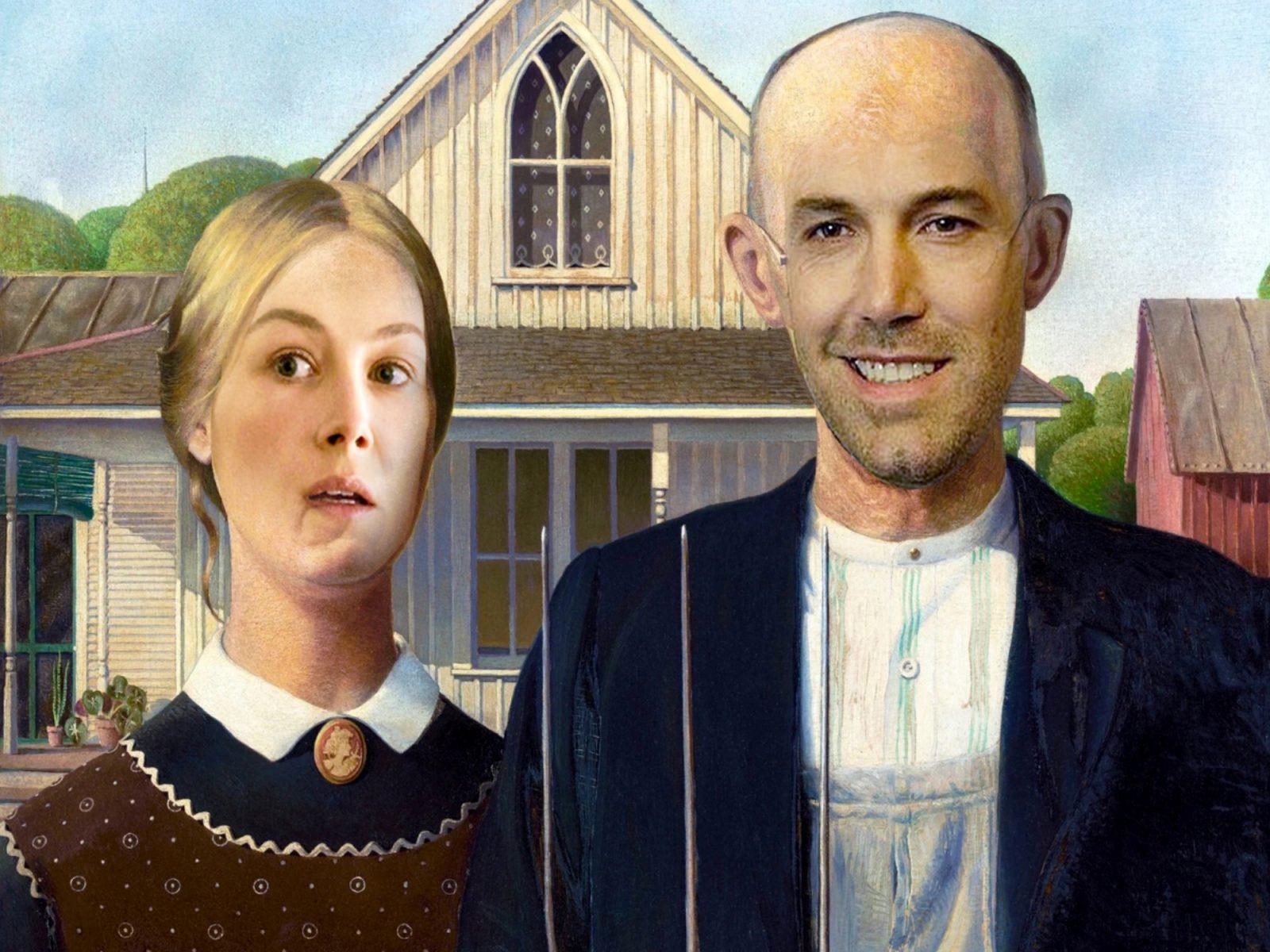Imagine if a deadly curse hit the suburbs, and to your parent’s dismay, it’s transmitted through sexual intercourse. Tinder becomes obsolete. It’s a bleak world. The 2014 thriller “It Follows” takes sexual frustration to a new level.

Writer and Director David Robert Mitchell introduces a monster that is quite unconventional for typical horror films. After the main character, Jay, has sex, she is immediately followed by a creature that takes the shape of a human — sometimes clothed, other times naked. Additionally, the creature’s age fluctuates throughout.
The most terrifying aspect of the creature is that it never barrels towards us— only walks. No matter how far Jay runs or drives, it’s always following. “It” doesn’t need to feed or rest, it isn’t motivated by emotion and it doesn’t speak. It’s invisible to all but those who have been infected.
As Jay is told by the person who gave her the curse, the creature is slow, but it isn’t dumb. You can’t outsmart it, only delay it.
“It” is inevitable.
At surface level, the film’s message may appear similar to other horror movies that demand sex be punished and virginity be celebrated, but I believe it’s about something more complex. In fact, I think it’s one of the most intricately meaningful films I’ve ever seen.
Upon second watch, you may find that “It Follows” is littered with motifs that deal with time, innocence and death.
Compositionally, the film is a mosaic of time. Mitchell successfully creates a visually intriguing dreamscape by subtly dispersing elements of different decades all into the present day. With a 1980s synthwave soundtrack and vintage cars paired alongside 2010s clothes and futuristic technology — time becomes an illusion, and yet, it all feels so normal.
The film is nostalgic in the way that a dream is, as though it’s reminiscent of reality but just slightly off. With its suburban setting and lethargic energy, it reminds me of the summertime during early high school. No one can drive yet, so all of us just meet up with our neighbors and do nothing.
As we sit on our porch steps and twiddle our thumbs, I am reminded that the season is temporary. The gloom of the future weighs over me. How many more summers will I have left until they are no longer mine? Will I regret how I spent them?
“It Follows” reflects this sentiment perfectly. It’s about the loss of innocence and the fear of the unknown territory that comes with aging — that moment in which we realize how little agency we have over the trajectory of our lives.
The film uses sex as a vehicle for these fears because of its association with adulthood and maturity. In American society, losing your virginity is considered a “rite of passage.”
Once Jay has sex, she is thrust into this new world where she is repeatedly reminded of her own mortality. The curse is then a vehicle in which her fears about growing up and being forced to reckon with herself can manifest into her physical reality.
We are allowed a glimpse of what happens when “It” catches up to its victims after Jay attempts to save her friend, Greg, whom she had consensually passed the curse onto. Jay watches in horror as Greg opens his bedroom door and the creature impersonating his mother forces itself upon him for some Freudian-style sexual intercourse. Within moments, his body is lifeless and the curse has now returned to Jay.
I don’t think Mitchell’s intent here was to use incest for a horrifying gimmick, but rather, to further develop “It” as the personification of death. In Greg’s case, the person who gave him his life is the person that appears to take it back. Additionally, when Jay is at her closest to death, the creature takes the appearance of her presumably deceased father.
Perhaps time is only borrowed, life and death are interlinked, and the difference between the two is merely an illusion.
Through Jay’s character, the film captures young adults’ anxiety about accepting the finite. Jay exhausts all options while running from death and attempts to find solace in her friends, but to no avail — this is her burden to bear.
As a kid, the world is anything but finite. You live in a reality where you can visit theme parks to talk to your favorite movie characters or get presents from a magical man up north. So, after growing up and learning about the truth of reality, life’s limitations can feel overwhelming.
How do we learn to cope with the certainty of death after spending years being promised the possibilities of life?
“It Follows” does not attempt to answer this question but instead leaves it for us to decide.
At the end of the film, Jay presumably passes on the curse after she has sex with her friend Paul, and the final image shows them holding hands while walking down the street. At the very last second, someone appears to be following in the distance.
A message is clearly crafted — the passage of time is inevitable and death is certain. We can either let our fears consume us or live with them.





























































































































